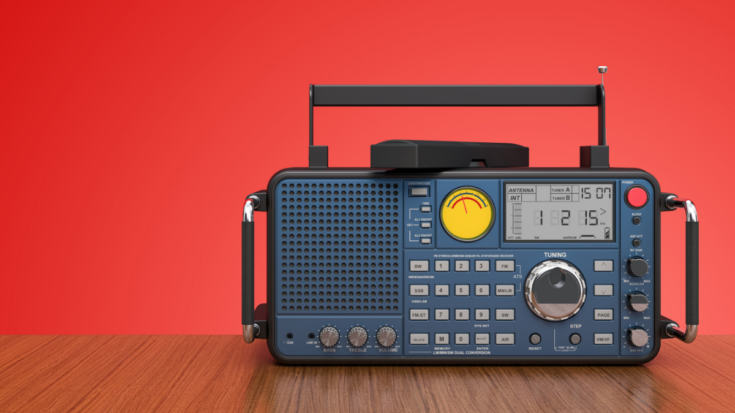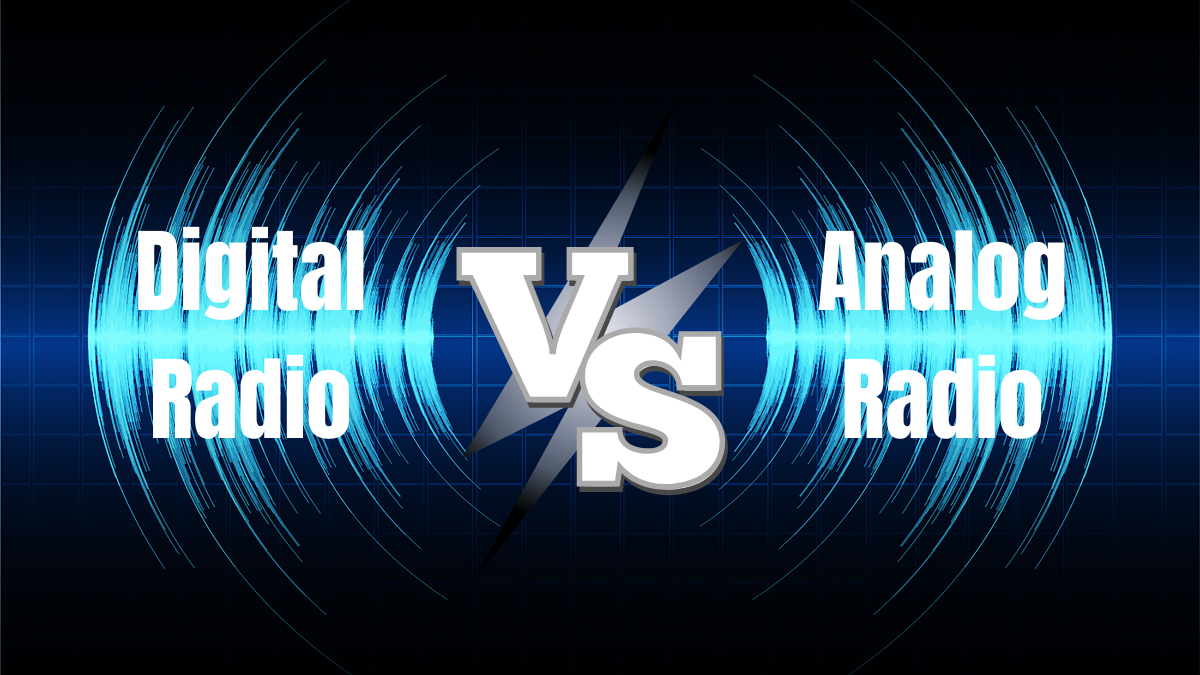In this digital era, all aspects are transformed into digital, including radio. Digital radio is the answer to radio innovation in the digital era.
Digital radio certainly has significant differences from analog radio. The basic difference is that digital radio converts sound waves into digital data before being transmitted. While analog radio uses analog signals to transmit sound waves.
This article will explain 5 differences between digital radio and analog radio that you need to know before choosing to use it.
Also Read
Table of Contents
The Difference of Digital Radio and Analog Radio

1. Signal technology
- Digital Radio: Converts voice into digital data before broadcasting. Digital signals are more resistant to interference, resulting in clearer, more consistent sound, even over longer distances.
- Analog Radio: Uses analog signals to transmit voice. This type of signal is more susceptible to interference from a variety of sources, such as electromagnetic interference, poor weather conditions, and long distances.
2. Range and spectrum efficiency
- Digital Radio: Has wider and more consistent coverage, including in remote areas. Digital technology makes more efficient use of the frequency spectrum, allowing more radio stations to broadcast in the same frequency space.
- Analog Radio: Has limited signal range, especially in areas with physical obstacles such as tall buildings or mountains. In addition, its use of the frequency spectrum tends to be less efficient.
3. Sound quality

- Digital Radio: Provides clearer sound quality and is free from interference. The use of digital technology allows audio transmission with high accuracy and minimal distortion.
- Analog Radio: Sound quality can be affected by various external disturbances such as electromagnetic interference and bad weather. The level of clarity can vary, from clear sound to static and noise.
4. Additional features
- Digital Radio: Equipped with various advanced features, such as information text display (song title, broadcaster name), multimedia services, and interactive capabilities.
- Analog Radio: Available features are usually limited to frequency settings, volume control, and manual radio station selection.
5. Price and compatibility
- Digital Radios: They tend to be more expensive, and the choice of models available on the market is still limited. Users need to make sure that the device they purchase is compatible with the digital format used in their area.
- Analog Radios: More affordable and easier to find. Analog devices are also generally compatible with almost all traditional radio transmitters.
The simple comparison of Digital Radio and Analog Radio:
| Aspects | Digital Radio | Analog Radio |
| Signal Technology | Digital signals are more resistant to interference | Vulnerable to interference |
| How to process sound | Sound is processed into a pattern of numbers (digits) | Sound is processed into electrical signal patterns |
| Sound Quality | Offers much clearer sound quality | Sound quality is affected by external factors |
| Additional Features | Equipped with various interesting features | Limited features |
| Range | Has a wider and more even range | Limited range |
| Spectrum Efficiency | Uses the frequency spectrum more efficiently | Less efficient use of frequency spectrum |
| Price | It is more expensive | It’s cheaper |
| Compatibility | Requires compatibility with digital formats in certain regions | Compatible with almost all traditional radio devices |
That’s the difference between digital radio and analog radio that you can consider before using it. Hopefully, this article can help you in determining the best device to accompany you in listening to audio.









